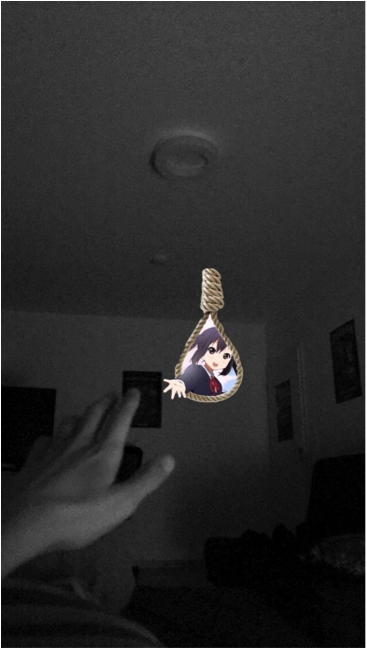
In May of this year, New York Times columnist Ross Douthat tried to solve the Incel crisis. Incel means “Involuntary Celibate,” and describes a community of men who, by their own admission, can’t get laid. Every couple months, it seems, an Incel makes the news by shooting up a school or running over people in a van. Along with Nazis, they’re our most important terrorists these days. Incels see their plight as a political issue; the atrocities they commit are a protest against a world that has excluded them, they claim. If the world was functioning properly, they say, they would all be hot commodities on Tinder. Said Douthat, “If we are concerned with the just distribution of property and money, why do we assume that the desire for some sort of sexual redistribution is inherently ridiculous… the sexual revolution created new winners and losers, new hierarchies to replace the old ones, privileging the rich and socially adept in new ways and relegating others to new forms of loneliness and frustration.” If women are just merchandise, says Douthat, why not let the government re-distribute them, like a subsidy for sociopaths? This solution looks at women, not as thinking, feeling, beings, but as baubles, as accoutrements; constituent parts of the American Dream. At no point does Douthat suggest de-commoditizing our relationship with women, since, in neoliberal capitalism, everything is a commodity.
A coping strategy employed by lonely Incels is to adopt a Waifu, or imaginary wife, who is in fact a character from anime. “Waifu” is itself a Japanese-English appellation of “wife,” and this cringey combination of Asian languages and English is called “Engrish.” The imaginary anime boyfriend is the “Husbando.” Asia has long served as a nexus for the fantasies of western men—we all know the “Asian fetish”—and many anime fans are what is known as, half-pejoratively, “Weeaboos:” westerners obsessed with Japanese culture, especially Anime and Hentai, Anime’s pornier manifestation. In Weeaboo culture, a preference for two-dimensional women has an acronym called 3DPD, which means “Three-Dimensional Pig Disgusting.” Many Weeaboos prefer the weightless flatness of cartoons to the body of a woman. As myanimelist.net exclaims, You May Now Kiss Your Screen!
 A series of memes called Portal to the Anime World illustrates the plight of Waifu-having, Weeaboo Incel-types. In Portal to the Anime World, an anime girl is gesturing at the viewer from the space within a noose, beckoning us to hang ourselves and join her. This union is almost certainly impossible, since, whatever happens after death, anime is probably not included. Which means the meme is calling for a union that it knows it cannot have, it’s a lament for a desire that can never...
A series of memes called Portal to the Anime World illustrates the plight of Waifu-having, Weeaboo Incel-types. In Portal to the Anime World, an anime girl is gesturing at the viewer from the space within a noose, beckoning us to hang ourselves and join her. This union is almost certainly impossible, since, whatever happens after death, anime is probably not included. Which means the meme is calling for a union that it knows it cannot have, it’s a lament for a desire that can never...
You have reached your article limit
Sign up for a digital subscription and continue reading all new issues, plus our entire archives, for just $1.50/month.
Already a subscriber? Sign in




